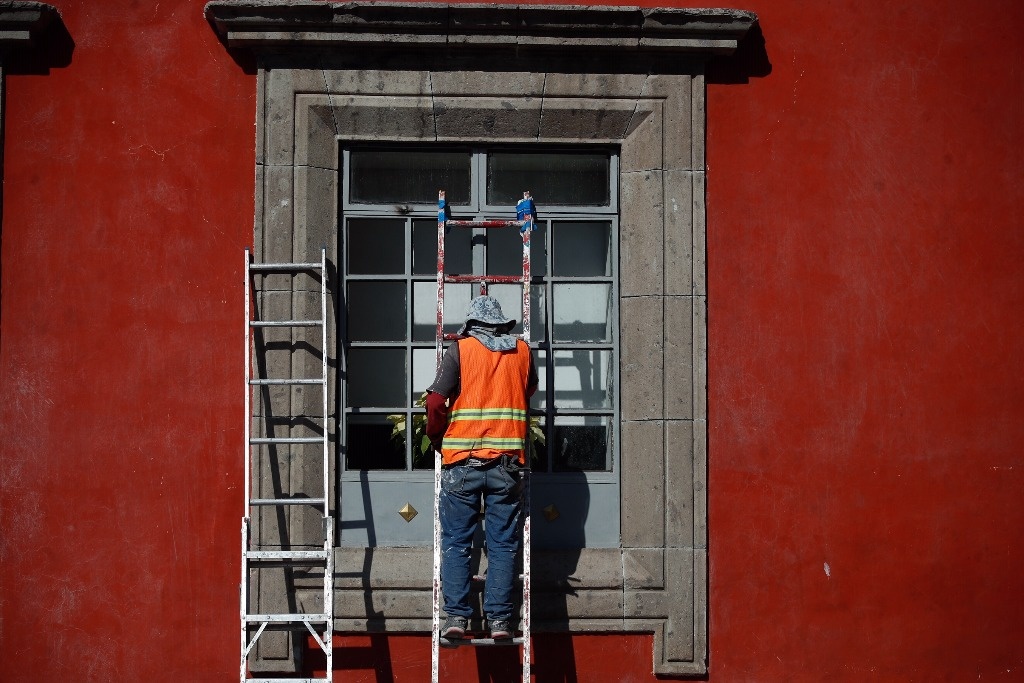La Jornada – Mexico, at the top of the world for housing prices

Mexico City. Mexico leads high-income countries in house price growth compared to pre-pandemic levels, and in 2023 alone it became the second country to record the largest price increases, after the United Arab Emirates, the International Monetary Fund (IMF) shows.
“Housing affordability remains constrained amid higher interest rates. “Prospective home buyers face high prices and high borrowing costs while owners refrain from listing their properties for sale,” the organization explained about the global real estate market context.
IMF data shows that in Mexico, housing became more expensive by 8.44 percent compared to pre-pandemic levels, lower only in Israel, where the cost of this right soared by 23.69 percent; Portugal (22.29); USA (19.15); Japan (15.29), the Netherlands (14.4), the United Arab Emirates (14.15) and Australia (9.24 percent).
In 2023, when only seven countries saw real house price growth, Mexico ranks second with an increase of 4.72 percent. While in the United Arab Emirates this increase is 10.39. Other countries that also recorded increases in home prices last year included Israel, Portugal, Thailand, Japan and Malaysia.
“As global central banks have raised interest rates to control inflation, house prices have fallen compared to the start of the upward cycle. However, despite the housing market’s sensitivity to higher interest rates, prices remain above historical averages,” the IMF wrote in its blog.
The agency warned that these credit increases will also pass through to rental costs. “Many people are choosing to rent rather than buy as average house prices have been slow to adjust. In this context, the combination of higher rates and still insufficient housing supply creates a vicious circle that makes it more difficult for central banks to fight inflation,” he explained.
The IMF said housing affordability is further constrained by still-high house prices and higher interest rates. He added that the higher cost of debt for households is likely to be particularly felt “in overvalued property markets and where the average useful life of mortgages is shorter.”
In the United States, for example, interest rate hikes by the Federal Reserve rocked the mortgage market; The average rate on a 30-year fixed-rate mortgage recently reached 7.8 percent, its highest level in two decades. These costs make homeownership “even more unaffordable” for potential buyers, “as required down payments have also become prohibitive as savings have dwindled since the pandemic.”
Average 30-year mortgage rates in the United States are now 6.6 percent, about 3 percentage points above pandemic lows, pushing mortgage originations 18 percent below last year’s levels. While refinance applications increased 8.5 percent for the year as mortgage rates continued to fall.
The IMF stressed that if the Federal Reserve starts cutting rates this year, as the market and experts predict, mortgage rates will continue to adjust and pent-up demand for housing could be released. However, “a sudden increase from rapid rate cuts could wipe out any improvement in housing supply, causing prices to rise.”